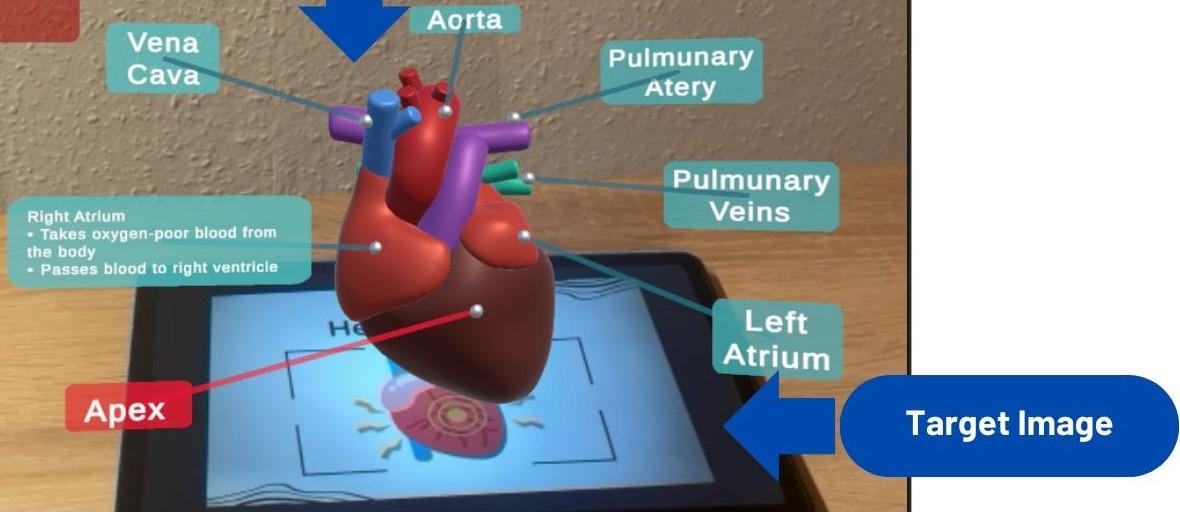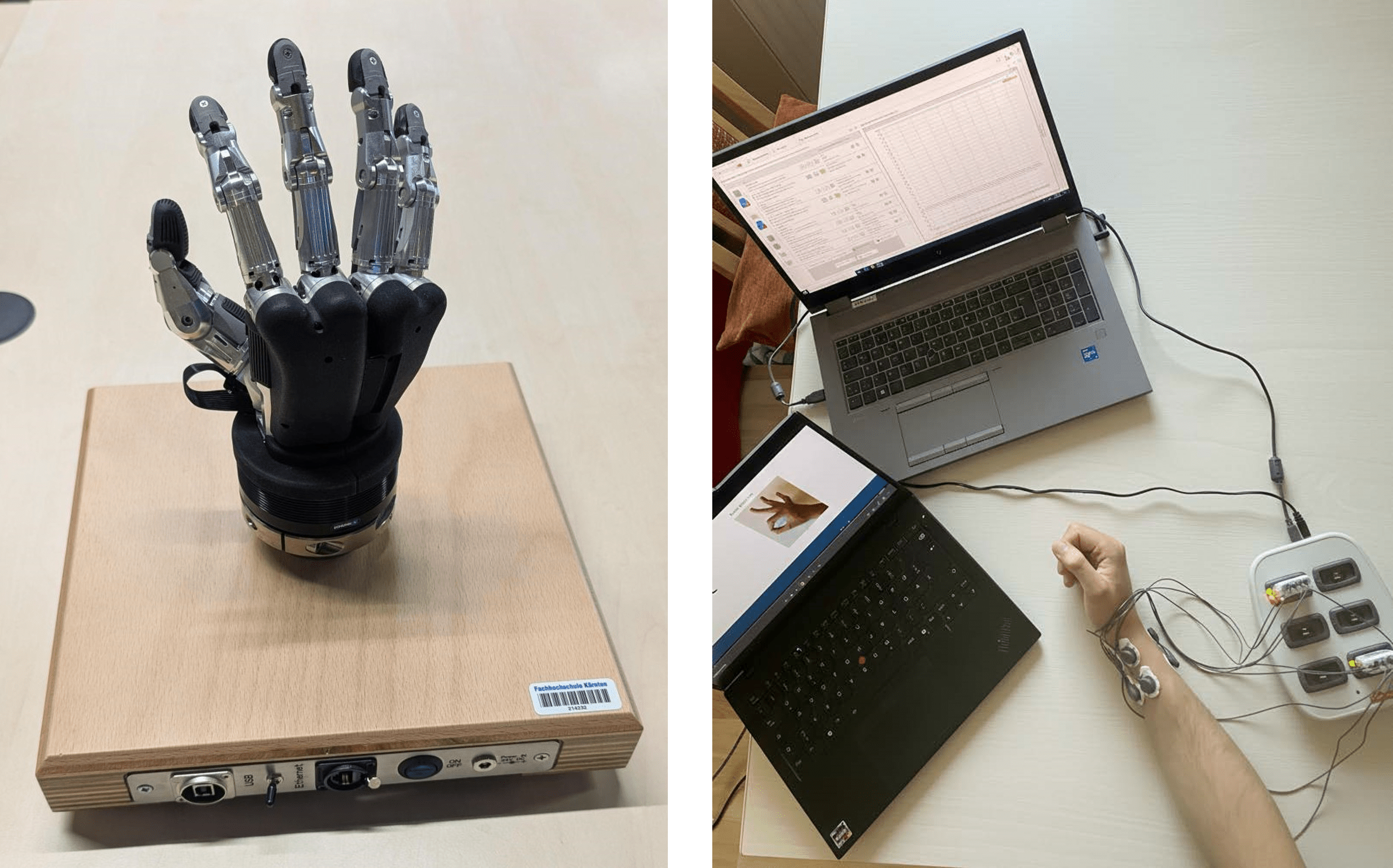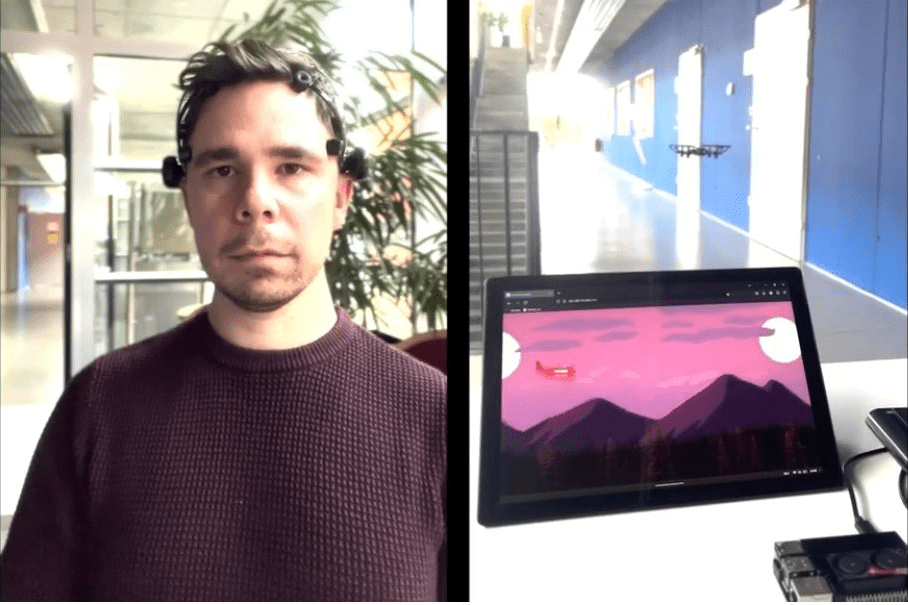Imagine you are on a website trying to purchase a new product. You search for hours but just can’t find what you’re looking for. Frustrating, right? Now, imagine it’s not a product but vital health information on a site like the Social Insurance or ELGA. You search desperately, but the crucial information remains hidden. A nightmare? This exact problem was tackled by Clara Bauer and Noah Müller in their bachelor project.
Health portals are indispensable interfaces between patients and healthcare services today. They provide quick access to medical information and improve the quality of care. Despite their importance, many of these portals struggle with significant issues related to usability and accessibility.
Clara and Noah decided to address these issues by investigating and optimizing the user experience (UX) and usability of these portals. They utilized advanced technologies such as eye-tracking and heatmaps to study user interactions with the portals.
Eye-tracking involves the use of specialized cameras equipped with infrared sensors to monitor and record eye movements. These cameras detect the reflection of infrared light from the cornea and the position of the pupil, allowing for precise tracking of where and for how long users look at different elements on a webpage.
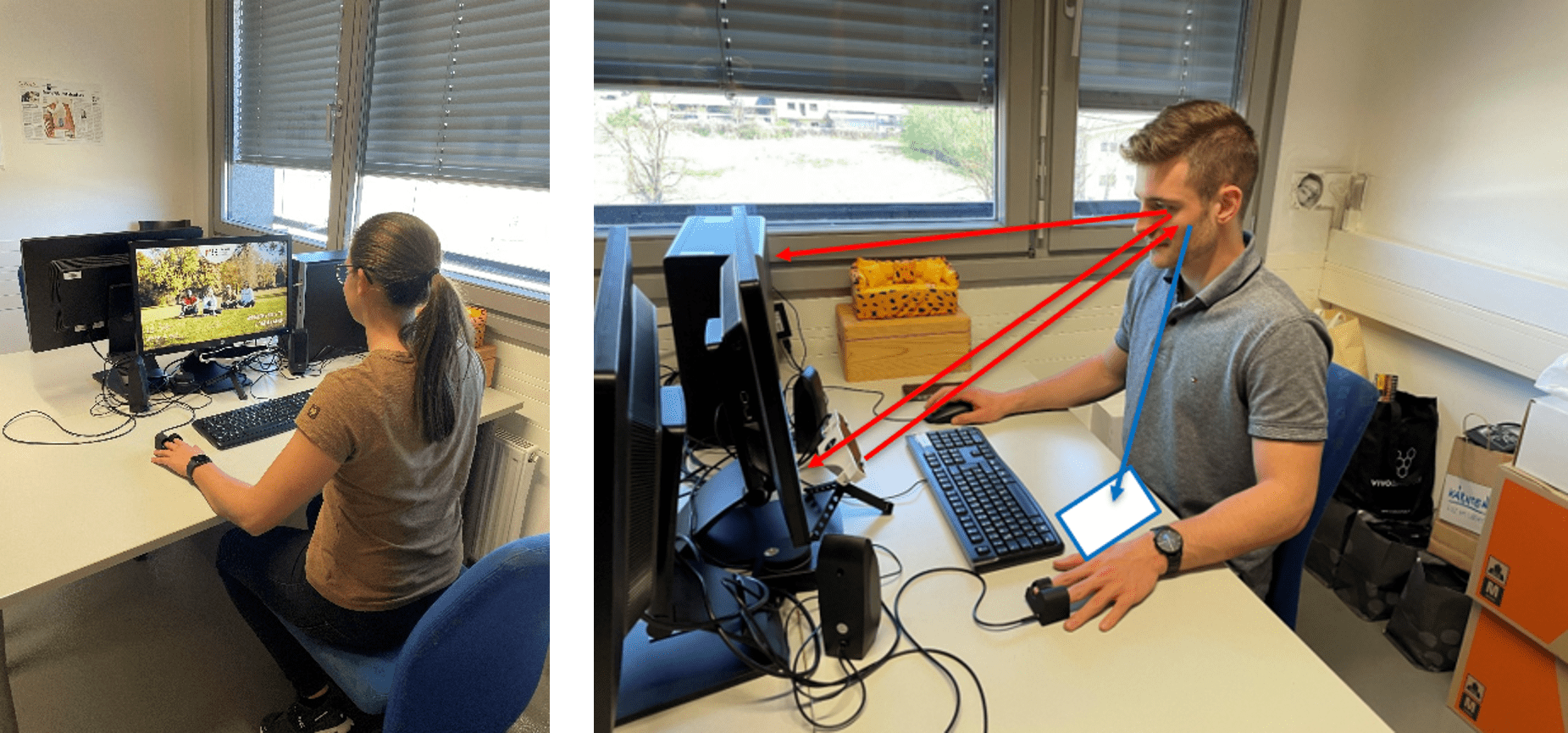
Heatmaps then visualize this data through color-coded overlays, indicating areas of high and low attention. By analyzing these visualizations, Clara and Noah were able to identify specific weaknesses in the user interface.
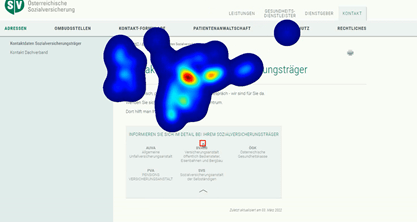
A major issue uncovered was the convoluted navigation structure of many health portals. Users often struggled to find the necessary information quickly and were deterred by complex menus. To address this, Clara and Noah created a mockup demonstrating how these portals could be redesigned for enhanced user-friendliness. Their suggestions included more intuitive navigation, clearly organized menus, and prominently displayed information. The proposed solutions aim to help users navigate the sites more effectively and access the required information more swiftly.
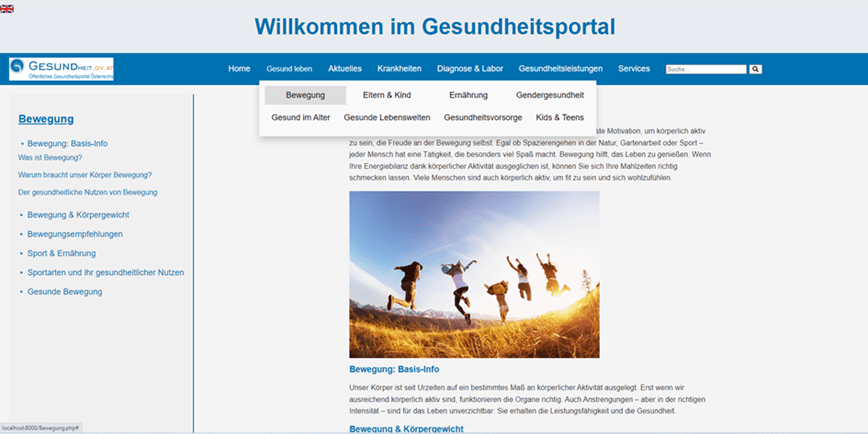
In conclusion, this project underscores the importance of accessibility and user-friendly design, benefiting not only individuals with disabilities but all users. A well-structured and intuitively navigable website enhances the overall user experience, regardless of technical proficiency or physical limitations. Clara Bauer and Noah Müller have made significant strides toward a more inclusive and efficient digital health environment with their project. Their work exemplifies how contemporary technologies can be leveraged to improve interactions with digital health portals for everyone.
Yours,
MedTech @ FH Kärnten Team

